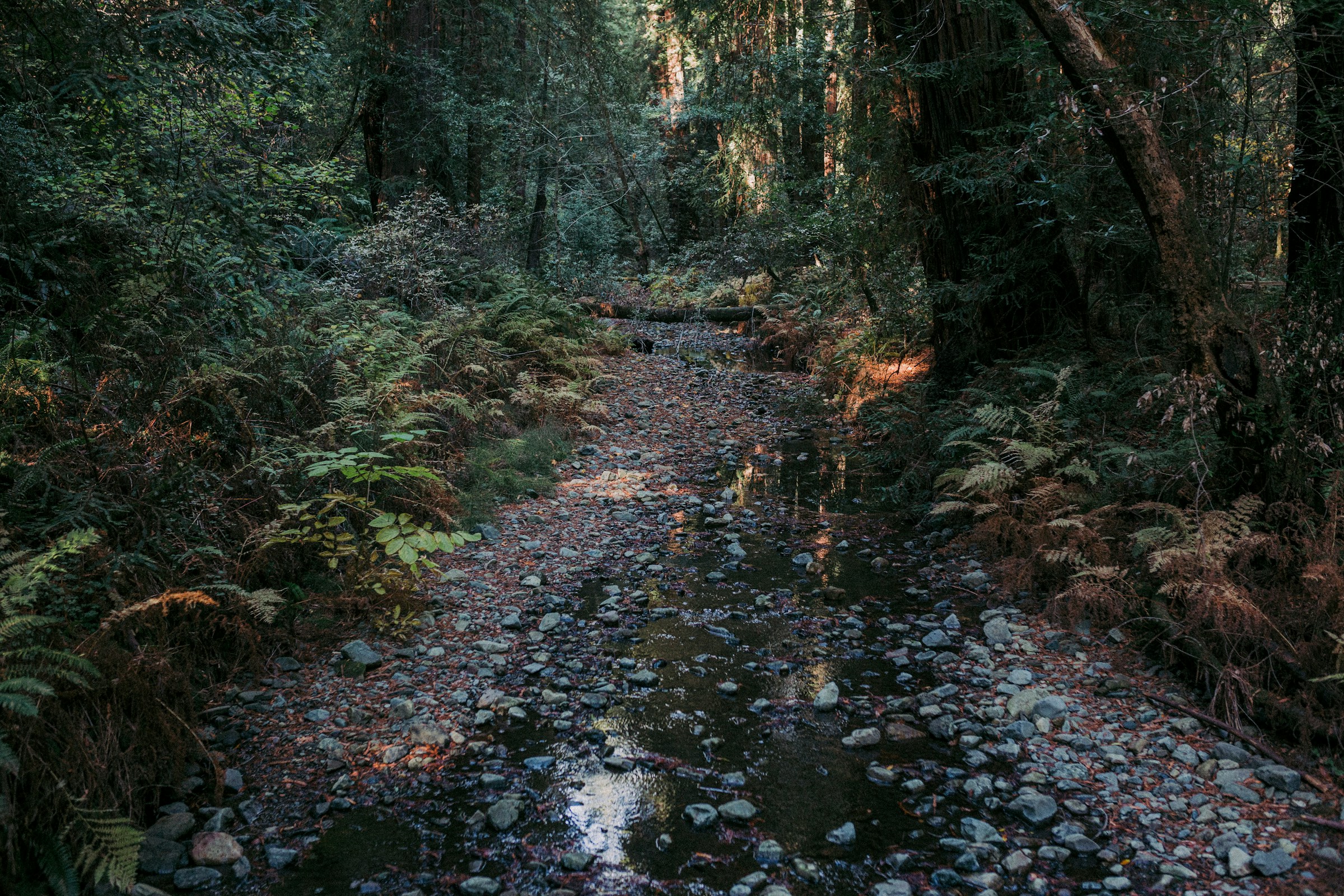
This article is included in these additional categories:
The Supreme Court’s decision last year that rivers flowing only in response to weather events, known as ephemeral streams, are not protected under the Clean Water Act (CWA) has left many U.S. waterways vulnerable to pollution. This ruling, established in the case of Sackett v. Environmental Protection Agency (EPA), limits the scope of water bodies considered under the CWA to “relatively permanent, standing or continuously flowing bodies of water.”
The Role of Ephemeral Streams in Water Systems
New research published in the journal Science, led by Craig Brinkerhoff, a recent doctoral graduate from the University of Massachusetts Amherst, and co-authored by Yale University researchers, reveals that ephemeral streams contribute significantly to the water output of river systems across the United States. Ephemeral streams, which flow only during and after precipitation events and do not contain groundwater, were found to contribute 55% of the water at the mouth of regional river systems nationwide.
This study highlights an east-west divide in the influence of ephemeral streams. In the arid regions west of the Mississippi River, such as the Black Rock Desert in Nevada and Humboldt County in California, ephemeral streams account for 94% of the water in river systems. Surprisingly, even in humid eastern regions, these streams exert a substantial impact. For example, 59% of the water flowing into Long Island Sound from the Connecticut River system originates from ephemeral streams.
Implications for Pollution Control
The implications of excluding ephemeral streams from CWA protection are profound. Colin Gleason, Armstrong Professor of Civil and Environmental Engineering at UMass Amherst, illustrates this concern by pointing out that pollutants dumped in dry gullies can easily be washed into main rivers during rain events, undermining efforts to protect these waterways. The Connecticut River, for instance, has rules about the kinds of sediments, nutrients, and pollutants that can be released into the river. If contaminants are discarded into a dry bed up in the hills, the chances are better than not that those contaminants will end up in the same river that has ostensibly been protected from them.
Brinkerhoff emphasizes that pollution accumulating in ephemeral streams can significantly affect downstream waters, which are still regulated under the CWA. The research underscores the need for comprehensive regulation, as water pollution is a transboundary issue with interstate commerce implications.
Policy and Regulatory Challenges
Doug Kysar, Joseph M. Field ’55 Professor of Law at Yale Law School and a co-author of the study, suggests that the findings provide a constitutional basis for including ephemeral streams in the CWA. However, he acknowledges that state and local governments may now bear the responsibility for protecting these streams, despite the federal CWA being established due to inadequate local protection.
Research Methodology and Findings
Using hydrology models, theory, and field data, the researchers developed a model identifying every ephemeral stream in the contiguous U.S. They determined the percentage of a river’s flow derived from these streams, considering different basin sizes defined by the U.S. Geological Survey. The results indicate that ephemeral streams significantly influence more than half of the rivers’ total water output, challenging previous assumptions that their impact was limited to immediate areas.
Brinkerhoff concludes, “Our study provides more concrete evidence that all of these things are connected . . . We can’t regulate water bodies ad hoc.”
This research underscores the critical need for revisiting water protection policies to include ephemeral streams, ensuring the health and safety of the nation’s waterways amidst changing environmental conditions.
- SEO Powered Content & PR Distribution. Get Amplified Today.
- PlatoData.Network Vertical Generative Ai. Empower Yourself. Access Here.
- PlatoAiStream. Web3 Intelligence. Knowledge Amplified. Access Here.
- PlatoESG. Carbon, CleanTech, Energy, Environment, Solar, Waste Management. Access Here.
- PlatoHealth. Biotech and Clinical Trials Intelligence. Access Here.
- Source: https://www.environmentenergyleader.com/2024/07/the-role-of-ephemeral-streams-in-u-s-waterway-pollution/
